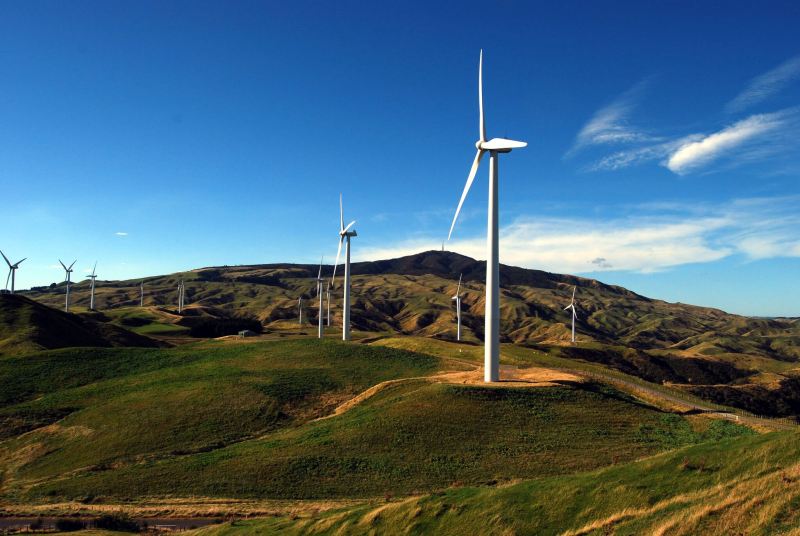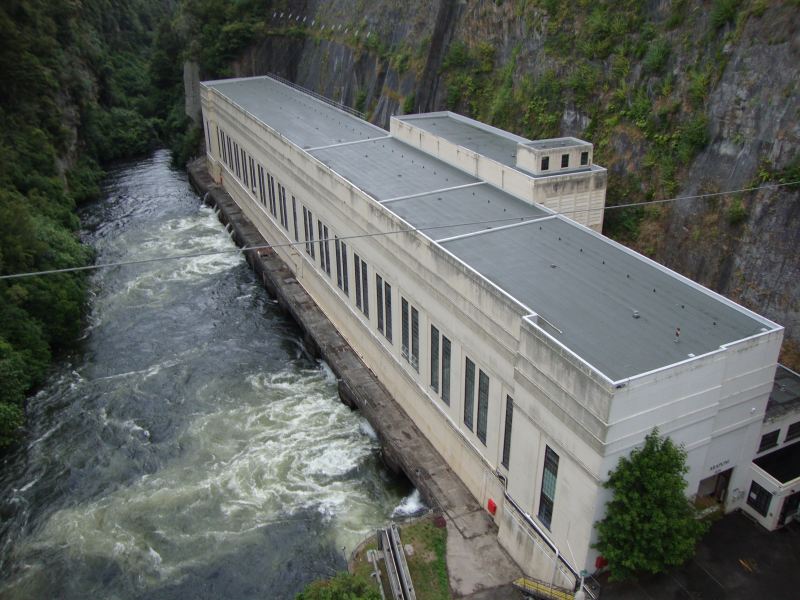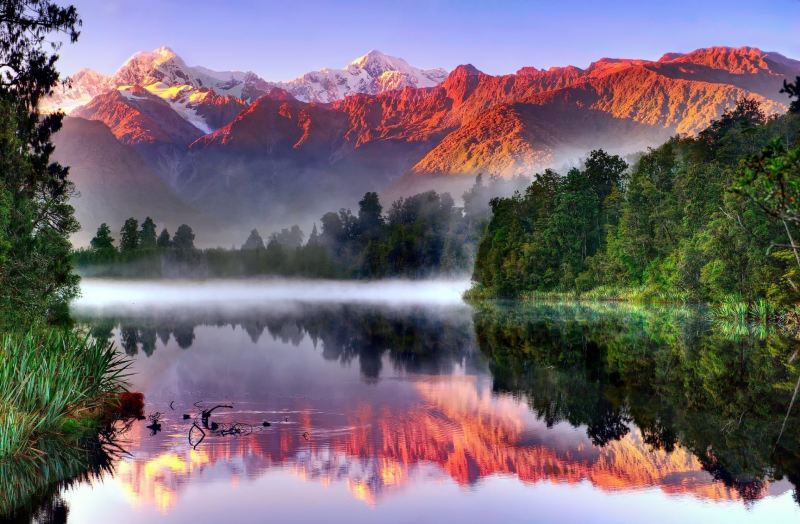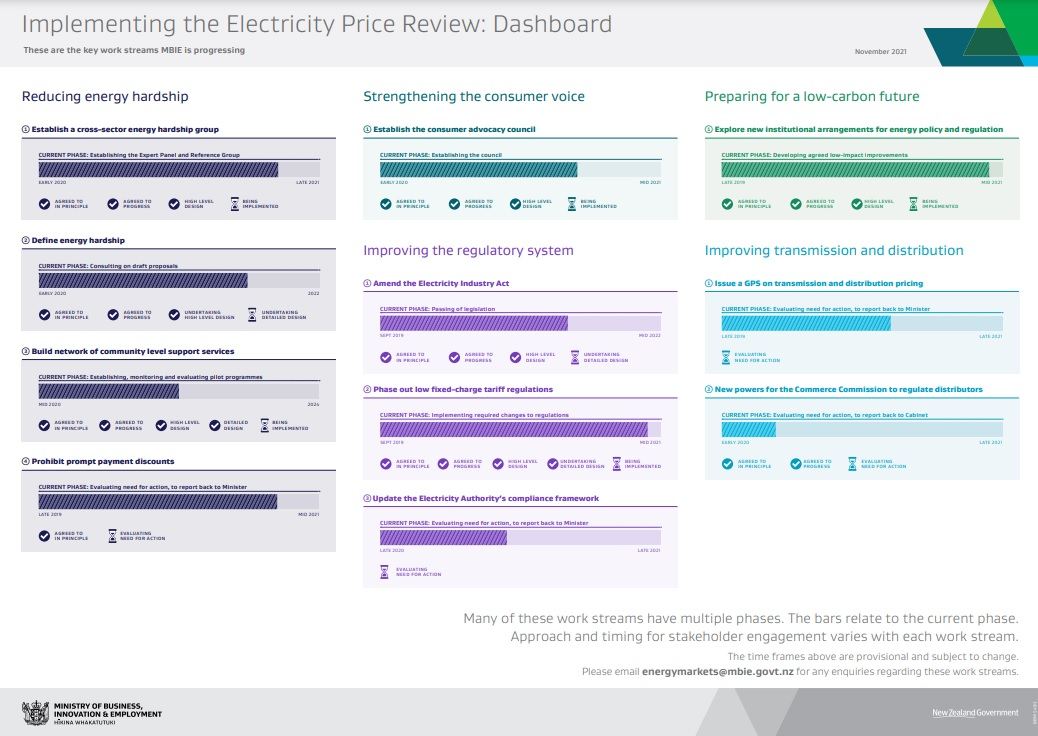Energy sector review. New Zealand
Due to its peculiar terrain and climate features, New Zealand has no limits in providing all possible renewable energy sources. Various rivers and lakes give the country huge possibilities in using hydroelectric power plants. Winds, coming from the ocean, give a great source for building various wind turbine generators. And, of course, let’s not forget about lovely weather with never-ending sunny days – a great opportunity to use solar panels, especially in the context of residential buildings and small business offices. With the impressive length of days and the warm climate (the lowest temperature of the year is somewhere between +10 or +14 °C), the need in heating or lighting isn’t that high (compering to the northern countries). Regarding all of the mentioned advantages, it seems like neither the energy crisis nor the electricity bills will be a problem for the New Zealanders in the nearest future.

However, the statistics say, that in New Zealand people are forced to spend about 10% of their yearly income on energy bills. The coal and oil sectors remain their influence throughout the whole energy industry, ruling on the market and boosting up the prices for other energy sources. Holding the leading position of the main energy fields in the world, non-renewable energy sources eat a huge part of investments. Commanding the market, oil and coal businesses can even steal the potential bright scientists, who could make a huge change in other sectors. Without strong financial support in renewable sources research, the sector still deals with the so-named “brain drain”. But, come on, we all want a higher salary, right? And still, the new generation – with its strong interests in sustainable lifestyle – is getting louder.

Another problem NZ is dealing with now – the weak consumer voice. The market review shows, that the smaller consumers are facing disadvantages. While huge companies can impact the energy sector, the smaller customers are usually unheard of by the governments. The same problem we might see throughout the world, but in New Zealand – with a high level of immigrants, language barrier, etc. – the question of reimagining the needs of simple people might be even sharper.
The energy sector problem goes far behind the energy itself, impacting other fields. For instance, small businesses. Since the very start of the Covid-19 with its lockdowns many people are searching for new ways of making money, so the small businesses are growing faster than usual. Having high taxes won’t be a benefit on your way to the flourishing company. Besides all of that, let’s not forget about ecology. New Zealand can be proud of its unique nature and people want to save it. We are all aware, that the non-renewable energy sector leaves its dirty footprint in air, water, soil. And, the NZ population is not happy about that. Tourism is giving money to the country’s budget. No lovely nature – no money. So, traveling agencies aren’t happy either.

The NZ government couldn’t ignore its people’s demands, which led to the new plan in the energy sector. The Ministry of Business, Innovation, and Employment (MBIE) along with the Electricity Authority provided a range of improvements throughout the energy sector. According to the Electricity Price Review (EPR), the government is moving towards lowering tariff charges and creating the new brand strategy in the energy sector. In September 2021 the NZ government announced the members of the Energy Hardship Expert Panel. They will stay in their positions until the end of June 2023, working hard on the new image of the energy field. Though the plan (which is supposed to be done in a timeline between 2019 and 2023) isn’t finished yet, the progress is amazing.

While New Zealand has huge benefits in providing green technologies and renewable energy sources (thanks to its geography and climate) the current level of their efficiency won’t satisfy all needs in energy. The long-nurtured dream of Nikola Tesla to create absolutely free of charge energy source is still a pie in the sky. Good news: although the Covid-19 pandemic was a shock for everyone, it made people reimagine the perspectives of green innovations and speed up the movement towards environmental protection. You do remember the clean air on our streets during those lockdowns, right? So, the New Zealanders do. The governments all over the world – under the pressure of the activists and “green” tech companies – are forced to rethink the current laws of providing renewable energy sources. The scientists would say that the sun makes the world our oyster. Each year the potential of the solar panel is growing thanks to the new efficiency improvement. The combination of the sun, wind, and water energy won’t let the oil and coal sector monopoly rule the industry in New Zealand. All they need is to wait for the changes to come.
